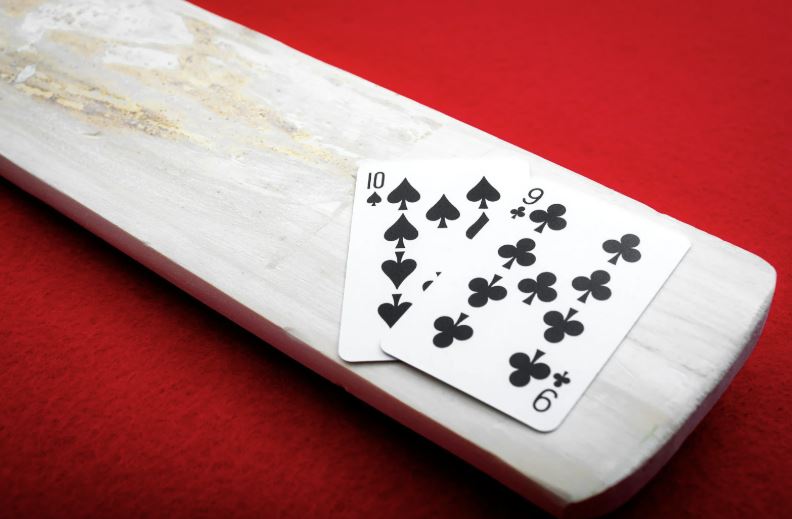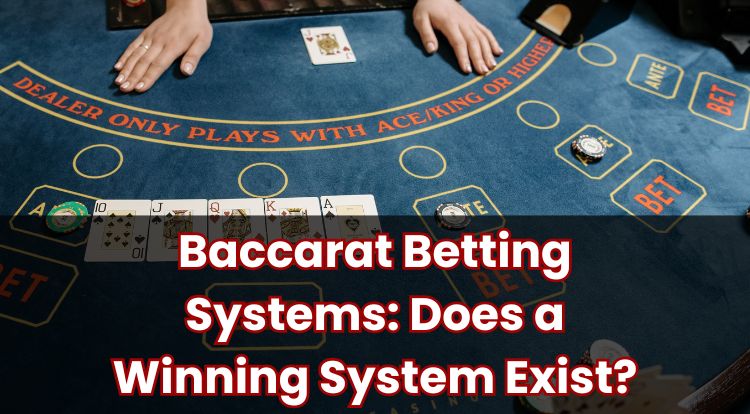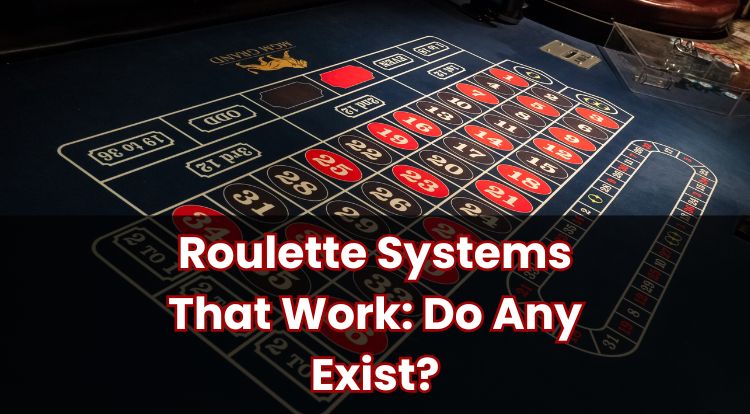Does the Baccarat Pattern Secret Work? Truth Behind Patterns
If you choose to play baccarat, you may have heard about secret patterns that claim to give players an advantage. It’s easy to see why these ideas catch on, especially when you notice detailed scoreboards and other players appearing to follow a system.
This blog post explores what these pattern concepts really mean, why they’re appealing, and how the results in baccarat are actually determined. You’ll also find straightforward explanations of the house edge and a look at some common myths, helping to bring the whole picture into clearer focus.
Read on to discover more.
What Is the Baccarat Pattern Secret?

The “baccarat pattern secret” is the belief that repeating sequences in results can be spotted and used to guide future bets. Players often track outcomes on the scorecards found at many tables, marking Banker, Player, or Tie, then looking for streaks, alternations or clusters they think might continue or flip.
These marks may make the game feel more structured. They provide a record of what has happened, but they do not act as a forecast of what will happen next. Baccarat follows fixed dealing rules with outcomes produced by shuffled cards, so past results do not alter the next one.
So, if the cards are not signalling the future, why do patterns seem compelling in the first place?
Why Do Players Look for Patterns in Baccarat?
People are good at spotting shapes and sequences, even when none exist. In games, that can lead to reading meaning into runs of results. A set of Player wins might look like a sign of momentum, or a long streak might feel “due” to end. These are common ways our brains seek order.
This pull is reinforced by the visible scorecards. Recording outcomes can create a sense of oversight, even though the next hand follows the same rules as the last. Some players also find comfort in routines and rituals, which may help bring a sense of order to an otherwise fast-paced game.
It helps to see pattern-tracking for what it is: a way to observe the game, not a method that influences outcomes. Used as a light touch to follow the flow of play, it is harmless. Treated as a predictor, it can lead to false expectations.
Does the Secret Pattern Strategy Work?
In short, no. Each deal in baccarat is produced by the same set of rules applied to a freshly mixed order of cards. What happened a moment ago does not push the next hand in any direction. A run of Banker results does not increase or reduce the chance of the next one being Banker, and alternating outcomes do not set up a guaranteed switch.
Casinos provide scoreboards because many players enjoy tracking what has happened. They are records, not tools that change the underlying mathematics of the game. Systems that tell you to follow or oppose a streak may appear clear-cut and appealing, but they do not improve the expected result.
If you choose to play baccarat, the best approach is to understand how the game is structured, choose bets that align with that structure, and set a budget that fits your circumstances.
House Edge and Random Results Explained
Every casino game includes a built-in advantage for the house, known as the house edge. In baccarat, this edge varies depending on the type of bet placed. The Banker bet usually has the smallest house edge, around 1.06 per cent after the standard commission. The Player bet carries a slightly higher edge, typically about 1.24 per cent. Tie bets have a significantly larger house edge, making them generally less favourable on average.
These figures reflect how the game’s dealing rules play out over many hands. The cards are shuffled, the rules remain consistent, and each hand is settled using the same process every time. No system of tracking results or betting approaches can alter these averages. While streaks might appear unusual, over time, the outcomes align closely with the house edge.
Grasping this concept clarifies why chasing patterns doesn’t influence the odds. The game’s structure governs the probabilities—not the sequence of previous results. With this understanding, players can choose their preferred bets and set limits before playing, keeping the experience comfortable and aligned with their plans.
Common Myths About Baccarat Patterns
If you choose to play baccarat, you may come across several ideas about patterns in the game. It is important to clear up some common misconceptions.
One myth is that past results can reveal a predictable sequence. In reality, they cannot. The order you see on a scoreboard is simply a record of what has already happened, and it does not influence what happens next.
Another misconception is that using certain systems based on streaks or alternations can improve your overall outcomes. While following, breaking, or laddering patterns might change how you pace your betting, they will not alter the built-in advantage the house has.
You may also hear that tables go through “hot” or “cold” phases, which you can take advantage of if you join at the right moment. What seems like a phase is really just natural variation in the results. The dealing rules stay the same throughout, and the expected returns on each bet type remain constant.
Understanding these points can make the game clearer. Baccarat is governed by fixed rules and shuffled cards, so the best approach is to familiarise yourself with those rules, choose bets that suit your preferences, and stick to limits that align with your budget.
Above all, it is important to play with a clear mind and a responsible attitude. Setting a budget you feel comfortable with and avoiding chasing losses will help make maintaining a balanced approach to the game more straightforward.
Remember that baccarat, like all casino games, is designed primarily for entertainment rather than as a way to make money. Playing within your means helps you keep perspective on the game.
If you ever find that playing is affecting your well-being or your finances, it is important to pause and seek support if needed. Being mindful about how you play is key to helping make your time at the table both responsible and positive.
**The information provided in this blog is intended for educational purposes and should not be construed as betting advice or a guarantee of success. Always gamble responsibly.




